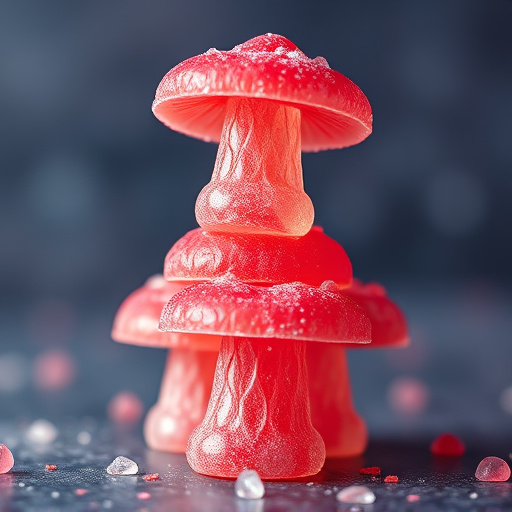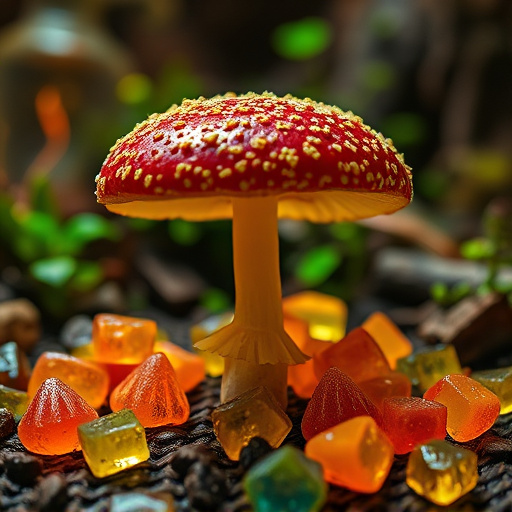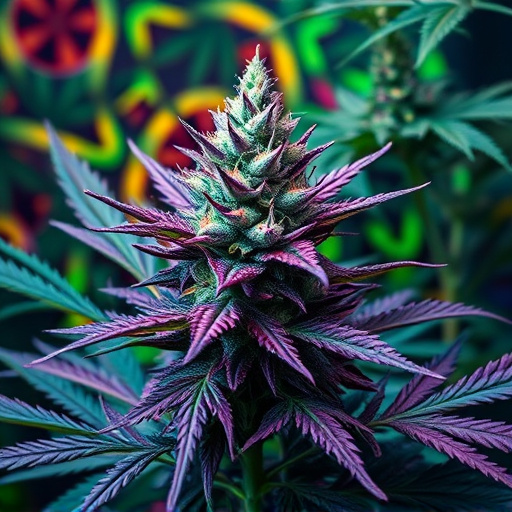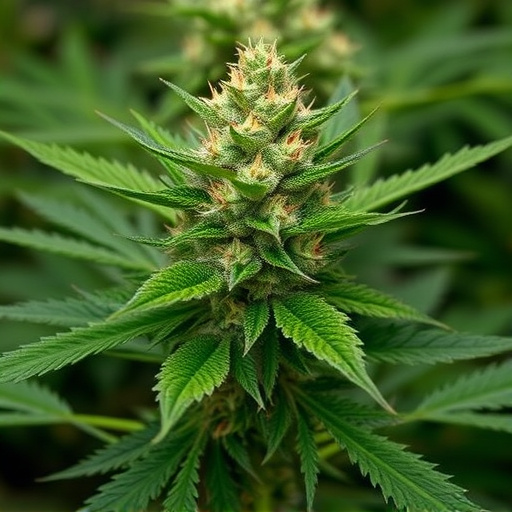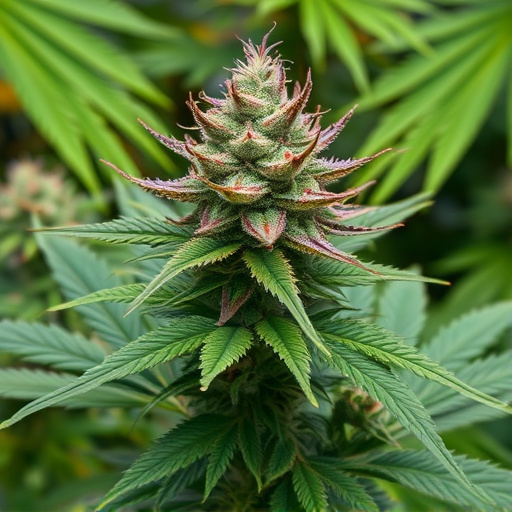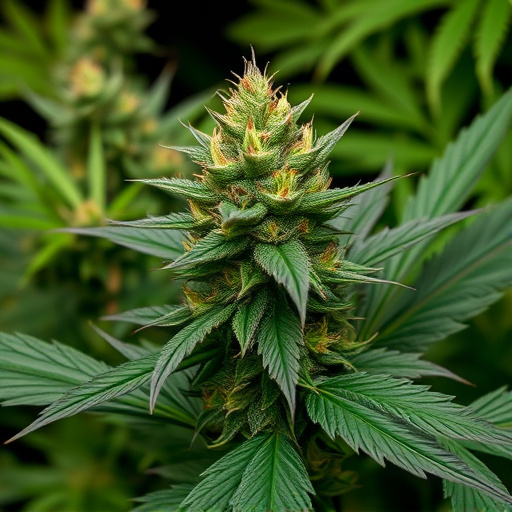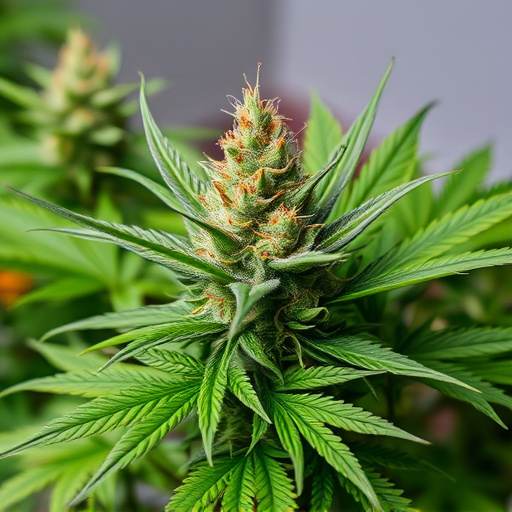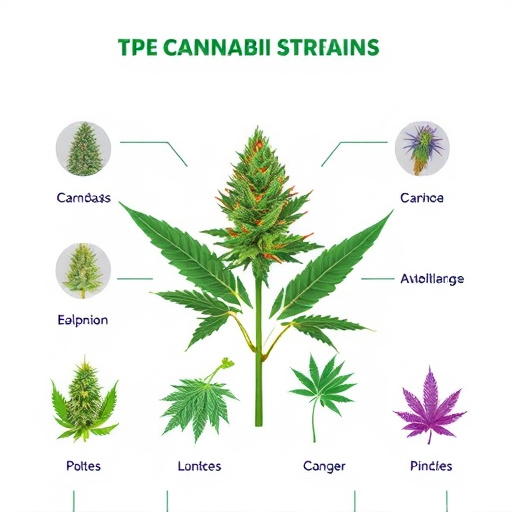Cultivating high-quality cannabis involves understanding and controlling environmental factors for optimal growth, terpene production, and overall user experience. Different types of cannabis strains have distinct effects and aromas driven by unique combinations of cannabinoids and terpenes. Indica strains induce relaxation due to high THC levels, while Sativa varieties energize. Hybrids combine desirable traits from both types. Ideal growing conditions include temperatures between 65-75°F (18-24°C) during the day and 60-68°F (15-20°C) at night, humidity levels of 40-70%, and tailored light exposure. Proper ventilation maintains air quality, preserving natural scents. Nutritional balance using pH-balanced solutions ensures robust growth and retention of unique terpenes and cannabinoids defining each strain's character.
Unleash the full potential of your cannabis flowers! This guide explores the art of maintaining potency and aroma, ensuring a delightful experience. We delve into understanding diverse types of cannabis strains and their distinct characteristics. By examining environmental factors, from light to humidity, you’ll unlock optimal growth conditions. Additionally, discover cultivation techniques tailored to preserving quality and flavor, allowing you to savor every nuanced aroma. Explore these secrets and elevate your cannabis journey.
- Understanding Cannabis Strains and Their Unique Properties
- Environmental Factors for Optimal Potency and Aroma
- Cultivation Techniques to Preserve Quality and Flavor
Understanding Cannabis Strains and Their Unique Properties
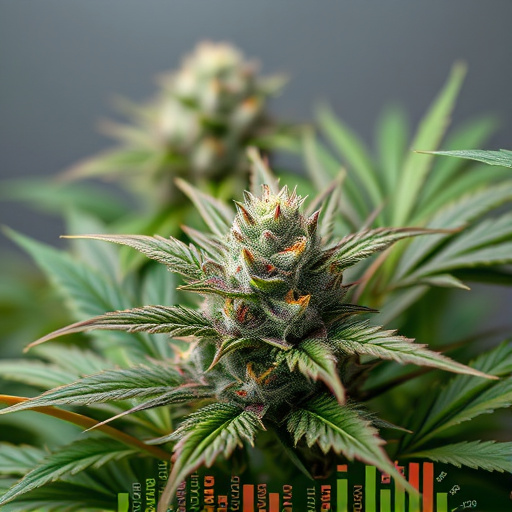
Cannabis plants, known for their diverse range of effects and aromas, offer a vast array of genetic variations, collectively referred to as strains. Understanding these strains is paramount in cultivating potent and aromatic cannabis flowers. Each strain possesses unique properties, stemming from its specific combination of cannabinoids and terpenes. For instance, Indica strains often evoke a relaxing and sedative experience due to high levels of THC and certain terpene profiles. Conversely, Sativa varieties are renowned for their energizing and uplifting effects, thanks to varying cannabinoid and terpene compositions.
The world of cannabis strains is incredibly diverse, with hybrid variants that combine the desirable traits of both Indica and Sativa plants. These hybrids can offer novel experiences, balancing relaxation with cerebral stimulation or providing potent pain relief without overwhelming mental effects. When cultivating cannabis, recognizing and catering to these strain-specific needs becomes crucial for maintaining consistent potency and enhancing the overall aromatic experience.
Environmental Factors for Optimal Potency and Aroma
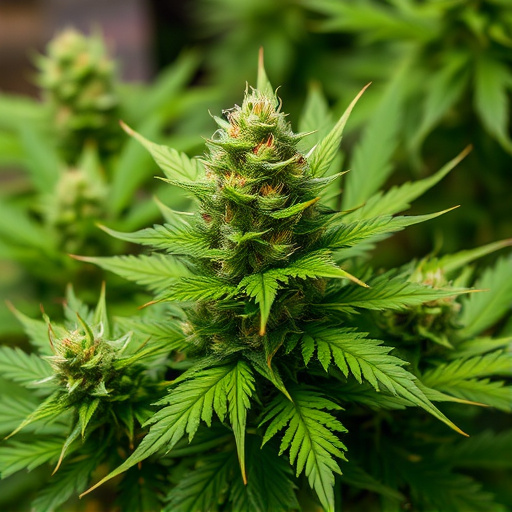
Cannabis plants, much like many others, are sensitive to their environment. For optimal potency and aroma in cannabis flowers, maintaining the right conditions is essential. Temperature plays a significant role; most strains thrive between 65-75°F (18-24°C) during the day and slightly cooler at night, around 60-68°F (15-20°C). Extreme temperatures can stress the plant, impacting both growth and terpene production. Humidity is another critical factor; aiming for 40-70% relative humidity ensures the plant stays healthy and prevents issues like mold or mildew.
Light exposure is also key. Different types of cannabis strains have varying light requirements. Some thrive under direct sunlight, while others prefer indirect light. Ensuring your plants get the right balance can enhance both their potency and aromatic profiles. Additionally, proper ventilation helps maintain optimal air quality, preventing stagnant air from promoting mold growth and preserving the plant’s natural scents.
Cultivation Techniques to Preserve Quality and Flavor
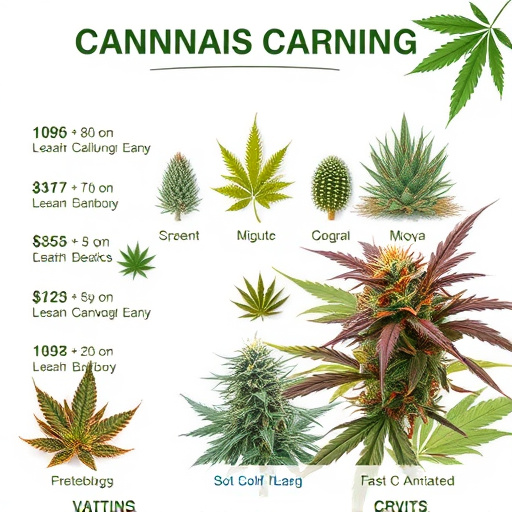
Cultivating cannabis with an eye for quality and flavor involves employing specific techniques that preserve the potent properties and distinctive aromas of different types of cannabis strains. One key practice is maintaining optimal environmental conditions, including temperature, humidity, and light exposure. Consistent and controlled environments prevent stress on the plants, allowing them to reach their full potential without compromising potency or taste.
Additionally, proper nutrition plays a crucial role in preserving quality. Using pH-balanced nutrient solutions tailored to each strain’s unique needs ensures that cannabis flowers receive the essential elements for robust development. Regular monitoring of soil health and pH levels helps maintain optimal growing conditions, ultimately contributing to the preservation of desirable terpenes and cannabinoids responsible for the strains’ distinct flavors and effects.
Preserving the potency and aromatic essence of cannabis flowers involves a deep understanding of strain characteristics, meticulous control over environmental conditions, and skilled cultivation techniques. By recognizing the unique properties of different types of cannabis strains, optimizing temperature, humidity, and light exposure, and employing effective cultivation methods, growers can ensure that each plant reaches its full potential. These strategies, combined with a commitment to quality, enable cannabis enthusiasts to experience the vibrant bouquet and potent effects that these remarkable plants offer.
